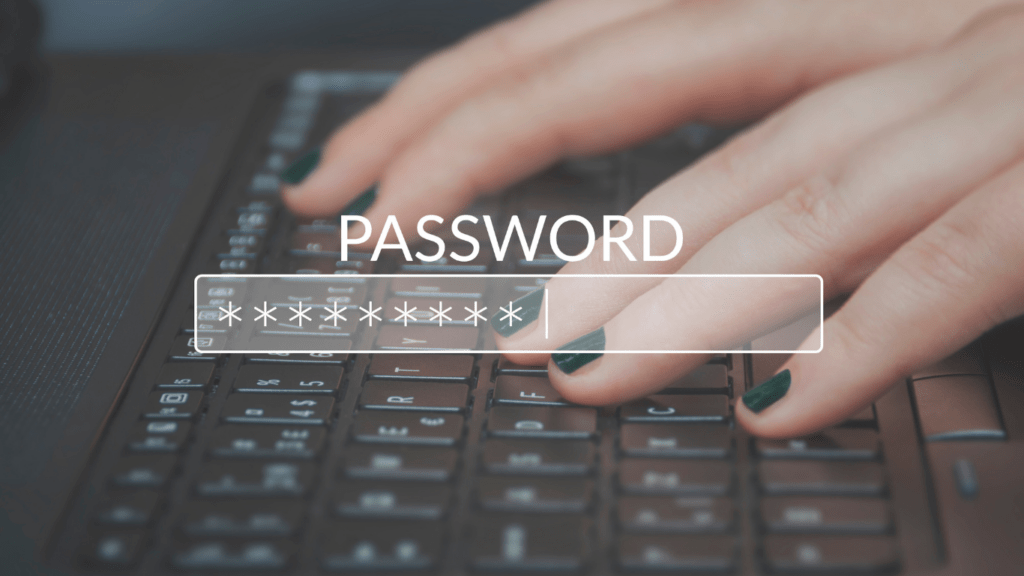Passwords are the gatekeepers of our digital lives, yet so many of us underestimate their importance. From social media accounts to online banking, a weak password can leave us vulnerable to hackers and identity theft. It’s easy to overlook the risks until it’s too late, but creating strong passwords is one of the simplest ways to protect yourself online.
Why Strong Passwords Are Crucial
Strong passwords protect personal data from unauthorized access by preventing brute-force attacks and other hacking methods. Weak passwords, such as “password123” or “123456,” are easily guessed and significantly increase the risk of compromised accounts.
Sensitive information, including banking details and personal messages, relies on strong passwords to remain secure. Cybercriminals target weak passwords to exploit vulnerabilities, which can result in identity theft or financial loss.
Data breaches often occur due to reused or predictable passwords. For example, using the same password across multiple accounts creates a single point of failure. If one account is breached, all others using the same password are at risk.
A strong password enhances online security by making successful attacks far less likely. Incorporating a mix of uppercase and lowercase letters, numbers, and symbols significantly strengthens passwords. Avoiding dictionary words and personal information, like names and birthdates, reduces the chances of being targeted by hackers.
Characteristics Of A Strong Password
Strong passwords create a robust defense against unauthorized access. They incorporate key elements to maximize their effectiveness in protecting sensitive data.
Length & Complexity
Passwords with at least 12 characters offer better protection. Combining uppercase and lowercase letters, numbers, and symbols strengthens complexity. For example, a password like Th!5I5$tr0nG is harder to guess than password123. Longer passwords make brute-force attacks more time-consuming, increasing security. Avoid sequential patterns like abc123 or repetitive characters such as aaaa1111.
Avoiding Common Pitfalls
Using personal information makes passwords vulnerable. Details like birthdays, phone numbers, or names are easy for hackers to exploit. Dictionary words like “sunshine” or “password” and predictable substitutions such as “p@ssw0rd” reduce password strength. Avoid reusing passwords across accounts, as it enables attackers to compromise multiple platforms with one breach. Implement unique combinations for every account to minimize risk.
Techniques For Creating Strong Passwords

Strong passwords require deliberate strategies to ensure they protect against evolving cyber threats. These methods simplify the process of creating secure and reliable credentials.
Using Password Managers
Password managers securely store and generate complex passwords. I rely on these tools to create strong, random passwords that meet security standards, such as including:
- uppercase letters
- lowercase letters
- numbers
- symbols
Most password managers, such as LastPass or Dashlane, use encryption to protect stored data, reducing the risk of hacking. By generating unique passwords for each account and storing them securely, they eliminate the temptation of reusing weak passwords. Some additionally offer features like password breach alerts to inform users of potential compromises.
The Importance Of Unique Passwords
Unique passwords reduce the likelihood of multiple accounts being compromised simultaneously. When each account uses a distinct password, unauthorized access to one credential won’t threaten others.
I avoid reusing passwords, as cybercriminals often exploit data breaches to test exposed combinations on other platforms. For added protection, I ensure these passwords are sufficiently long, randomized, and unrelated to personal information. Unique credentials reinforce account isolation, safeguarding data across platforms.
Common Threats Against Weak Passwords
Weak passwords pose significant risks by providing easy access for cybercriminals. Understanding these threats helps me take better precautions to protect my online accounts.
Hacking And Data Breaches
- Poor password choices often lead to successful brute-force attacks, where hackers systematically attempt password combinations until one works.
- Tools like automated bots can crack passwords under eight characters within hours, especially if they lack complexity.
- Credential stuffing attacks occur when hackers use login details from prior data breaches to access other accounts linked to reused passwords.
- If a password from a breached social media account is reused on banking platforms, it compromises financial security.
- Cybercriminals often use leaked passwords from breaches because weak or repeated credentials make their job easier.
Social Engineering Tactics
Weak passwords are especially susceptible to social engineering attacks, where scammers manipulate individuals to reveal sensitive information. Methods like phishing emails impersonate trusted entities, tricking victims into sharing credentials. For instance, a deceptive email might redirect to a fake login page designed to capture weak or reused passwords.
Attackers may also exploit publicly available personal details, such as birthdates or pet names, which people often include in their passwords. By gathering such information, hackers can guess poorly constructed passwords through targeted password-guessing attacks, also called “dictionary attacks.” These tactics highlight the direct correlation between weak credentials and higher susceptibility to social engineering exploits.
Tips To Safeguard Your Online Accounts
Securing online accounts requires more than just a strong password. Adopting additional practices strengthens protection against cyber threats and reduces vulnerabilities.
Enabling Two-Factor Authentication
I enable two-factor authentication (2FA) wherever it’s supported, as it adds an extra layer of security to my accounts. It combines something I know, like my password, with something I have, like a verification code on my device. This makes unauthorized access significantly harder, even if my password is compromised. Apps like Google Authenticator or SMS-based codes are common methods for implementing 2FA. Using a biometric option, like fingerprints or facial recognition, ensures even greater defense against cyber threats.
Regularly Updating Your Passwords
I regularly update my passwords to maintain account safety. Outdated credentials become weaker over time due to data breaches and evolving hacking methods. Replacing each password every three to six months, or immediately after a suspected breach, ensures fewer opportunities for exploitation. I avoid minor tweaks like changing “password2023” to “password2024”—instead, I create entirely new combinations with strong elements. Updates might seem inconvenient, but they significantly reduce the risks of credential-based attacks.



